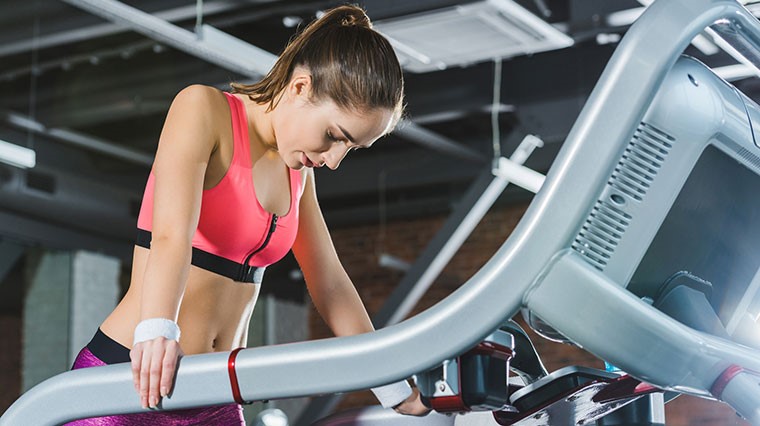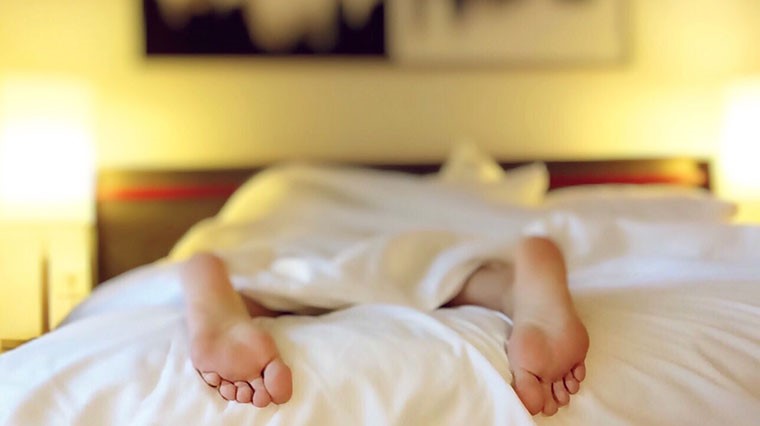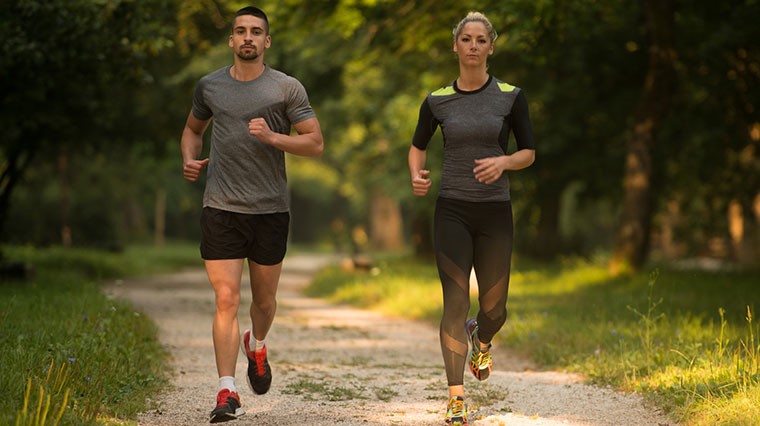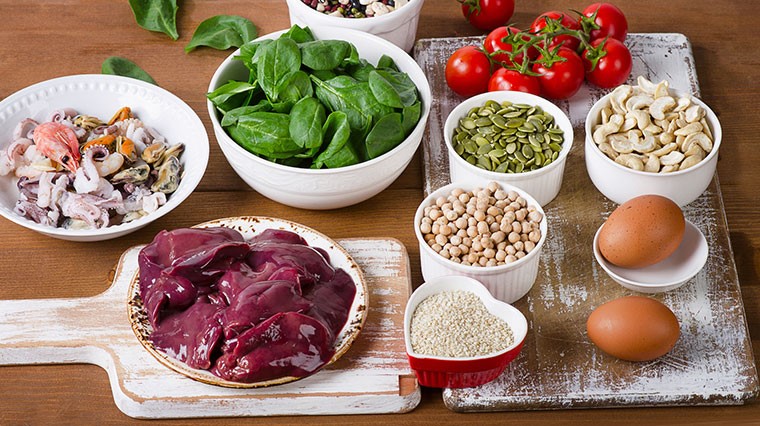Low Energy? Your Iron Levels Could Be To Blame

We uncover the facts on iron and your health, from the increased iron demands of athletes to the effects of your daily cuppa on iron absorption.
Why Is Iron Important?
Iron is a critical mineral for the production of new red blood cells. 70% of iron in your body is located within the haemoglobin of your red blood cells, the component responsible for oxygen delivery to your tissues and muscles – so everything from your brain to your biceps will not function effectively without it.
Iron also plays a role in supporting your immune system and energy production, and is particularly vital during certain stages of life including infancy (for healthy brain function), adolescence (for growth), pregnancy and while breastfeeding.
Symptoms of Iron Deficiency

Depleted iron levels
can result in anaemia, and symptoms may include feeling weak or lethargic, poor concentration, heart
palpitations particularly during severe exercise, shortness of breath,
light-headedness, headaches or even excess hair loss.
To bring your a-game throughout training and competition, keep from napping till noon and prevent a hairy monster clogging up your drains, book in an appointment with
your doctor if you experience these symptoms and always consult a medical
professional prior to taking iron supplements.
Reasons For Iron Loss
Iron is lost in sweat, during menstruation (making female athletes particularly susceptible to iron deficiency) and other blood loss (such as intense physical activity causing minor injury to the digestive tract lining), and even through your feet. Weird right?
Foot-strike haemolysis
is a condition that may affect endurance runners. As your feet repetitively and
forcefully strike the pavement, red blood cells located in the soles of your
feet rupture - however, the impact to
iron levels is typically minor so no need to get your laces in a twist.
Nevertheless, it's always a good idea to invest in high quality running shoes to protect your hard-working feet, because worn-out trainers don't provide the cushioning us road warriors require.
Iron and Exercise

As you exercise your body churns out more red blood cells to fulfil your higher oxygen requirements, and your body’s demand for iron also increases.
Consequently, symptoms of iron deficiency are usually evident earlier in people with active lifestyles, and insufficient iron may be detrimental to performance as your maximal oxygen consumption (VO2 max) declines, restricting the oxygen available to fuel your muscles.
Intense exercise is a constant cycle of break down and repair - highlighting the importance of an adequate recovery and nutrition program, including iron-rich foods to replenish the supply of oxygen-carrying red blood cells.
Haem Versus Non-Haem Iron

It’s essential to include iron-rich foods in your diet, and this life-sustaining mineral comes in two available forms. Haem iron is sourced solely from animal protein, including red meat (e.g. lean beef), poultry (e.g. chicken and turkey), seafood (e.g. salmon, clams and oysters) and eggs.
Non-haem iron is available from plant-based sources such as wholegrains (wholegrain bread, brown rice, quinoa, oats), dark green vegetables, legumes (e.g. soybeans/tofu, lentils, black beans, chickpeas), nuts and seeds (e.g. pumpkin seeds, almonds, cashews, pine nuts and macadamia nuts), high quality dark chocolate (because any excuse will do - just keep it in moderation), as well as animal products including meat, eggs and dairy.
Non-haem iron isn’t absorbed as easily as haem iron, so vegans and vegetarians need to take care to boost their iron intake to ward off iron deficiency.
Tricks To Improve Iron Absorption

Team up your non-haem
iron with vitamin C rich foods including fruit sources (e.g. citrus fruits,
citrus juices, strawberries and blueberries), or veggie sources (e.g. brussels
sprouts, broccoli, cauliflower, cabbage, red capsicum and tomatoes) for the
perfect pairing.
When digested together, vitamin C converts non-haem iron into a more readily absorbed state - so
go ahead and sprinkle strawberries or blueberries over your brekkie oatmeal.
Also, tea and coffee
can inhibit non-haem iron absorption due to the tannin content binding with the
mineral, but don’t worry, you don’t have to give up your cosy cuppa - just
enjoy it between meals rather than together with your iron source.
